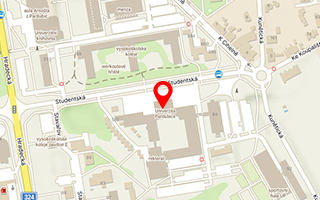Publikace detail
GPR System Performance Compliance According to COST Action TU 1208 Guidelines
Autoři:
Pajewski Lara | Vrtunski Milan | Bugarinovic Željko | Ristic Aleksandar | Govedarica Miro | Van Der Wielen Audrey | Gregoire Colette | Van Geem Carl | Derobert Xavier | Borecký Vladislav | Salih Serkan Artagan | Fontul Simona | Marecos Vania | Lambot Sebastien
Rok: 2018
Druh publikace: článek v odborném periodiku
Název zdroje: Ground Penetrating Radar
Strana od-do: 2-36
